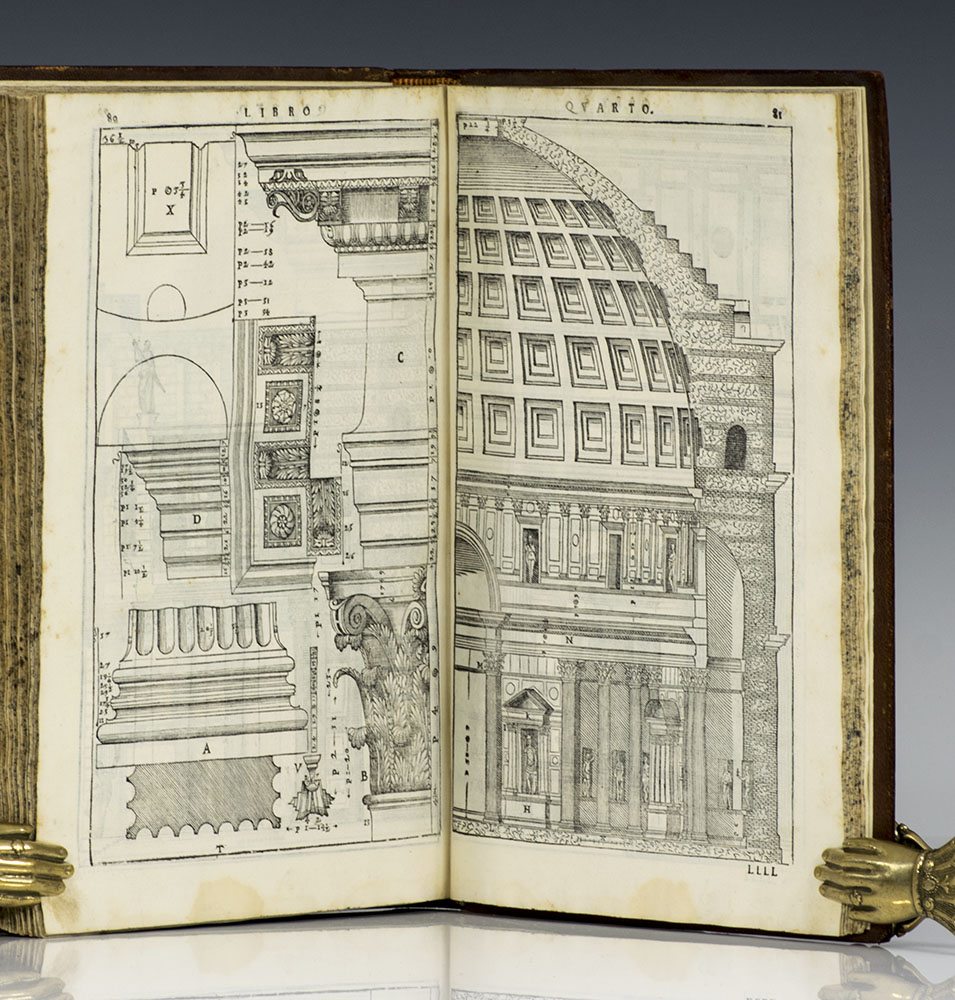


The Second Book deals with private houses and mansions, almost all of Palladio's own design. Palladio indicates the characteristic features of each order and supplies illustrations of various architectural details. The First Book is devoted to building materials and techniques and the five orders of architecture: Tuscan, Doric, Ionic, Corinthian, and Composite. The Four Books of Architecture offers a compendium of Palladio's art and of the ancient Roman structures that inspired him. But of even greater consequence was his remarkable magnum opus, "I Quattro Libri dell'Architettura" translated into every major Western European language in the two centuries following its publication in 1570, it has been one of the most influential books in the history of architecture. The wide spread of Palladianism was due partly to the private and public buildings he constructed in Italy, the designs of which were copied throughout Europe. This paper increases the number of explainable length/width ratios, analyzes data regarding the rooms' heights, and offers a theory concerning the influence of the method used to determine the height of one room on the proportions of another room on the same floor.Andrea Palladio (1508–1580) was one of the most celebrated architects of the Renaissance, so important that the term Palladian has been applied to a particular style of architecture that adheres to classical concepts. Further, neither Wittkower nor Howard and Longair took into consideration the heights of the rooms they were concerned only with their ground plan (length/width) ratio.

The results were only partially satisfactory: in about two-thirds of all room plans, the ratios fitted Wittkower's theory, but the proportions of rooms in some of Palladio's best-known buildings, such as the Villa Rotonda, remained a mystery.

Deborah Howard and Malcolm Longair ("Harmonic Proportions and Palladio's Quattro Libri," JSAH, XLI, May 1982, 116-143) attempted a comprehensive statistical and quantitative analysis of all 44 buildings. Rudolf Wittkower (Architectural Principles in the Age of Humanism, London, 1949) suggested that harmonic proportions were the underlying principle of Palladio's designs, but he took into consideration only eight of Palladio's 44 examples. The second of Andrea Palladio's Four Books on Architecture contains an insufficiently explicit theory of architectural proportions, hidden somewhere in the author's illustrations and text.


 0 kommentar(er)
0 kommentar(er)
